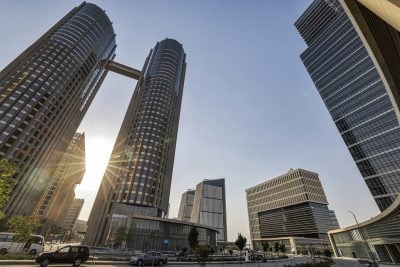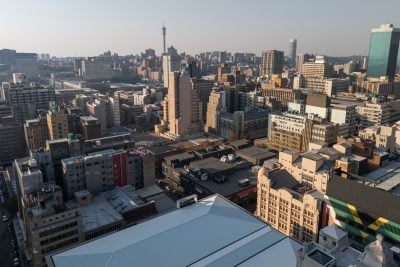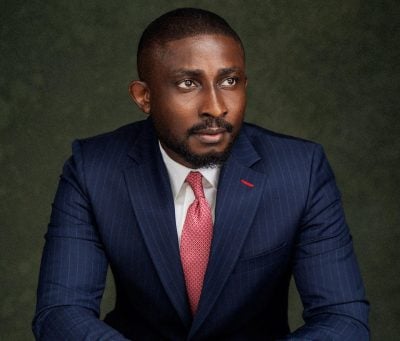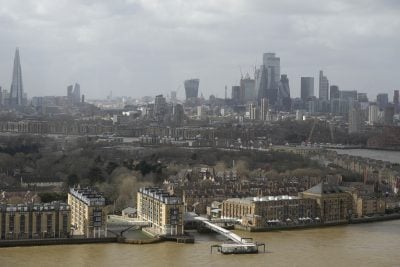Oliver Andrews recalls: “When we came in, the project was not bankable.
“For example, the proposition was for a 340MW power plant, but there was an off-take for only 200MW, the hope being that the remainder would be taken by other customers, such as mining companies.
“Lenders, obviously, would not lend on that basis because revenues from the 200MW may not be sufficient to cover the debt servicing and equity return required.”
The next bone of contention was the design of the plant.
Andrews again: “The design was for a gas plant, and we all know the problems of gas to power in the region, as the experience in Nigeria illustrates.”
The problem, he explains, is that West Africa does not have in place a sustainable gas to power development plan and associated infrastructure. Gas as a feedstock for power generation is about half the cost of crude oil and is a cleaner fuel. Sadly, most of the gas that the region is currently producing is being utilised for LNG for export markets.
The present gas supply difficulties do not worry Andrews.
“We have gas from Côte d’Ivoire, gas from Ghana and of course Nigeria is making gas to power a priority. There are all sorts of agencies working to make this happen.”
He is confident that by the time the plant is ready for commissioning in 2017, the gas supply issues will, hopefully, be largely resolved.
“But we knew that we would have to redesign Kpone as a multi-fuel project for the short term, initially using crude as the feed stock with the objective of, in two to five or so years, switching to gas.”
A key issue for financial viability of the project depended on having a guaranteed purchaser or off-taker. “But the most difficult problem was that the off-taker, the government utility, does not have a strong balance sheet,” he says. This meant that the project had to be structured to ensure that the appropriate credit security arrangements are in place to make it bankable.
“The structure which was developed included payment security mechanisms and the government of Ghana, the sole shareholder of the off-taker, standing behind the utility, through a Government Consent and Support Agreement, which was ratified by the Parliament of Ghana.
“You have to negotiate with the Ministry of Finance, the Attorney General, the Ministry of Energy and a whole array of players who might not all have the same interests, all with different perspectives, different objectives and different cultures! Getting those interests aligned takes time.”
Epic struggle
But while he was keeping the fires burning on one side, they were being put out on the other. Raising the additional capital was another epic struggle.
“Honestly, we found that the lenders were very risk averse. Putting an infrastructure deal together in Africa costs about five to 15% of the capital cost just for project development – keeping lawyers on tap, engineers on tap, flying up and down to the country concerned, doing all the preparatory work.”
Want to continue reading? Subscribe today.
You've read all your free articles for this month! Subscribe now to enjoy full access to our content.
Digital Monthly
£8.00 / month
Receive full unlimited access to our articles, opinions, podcasts and more.
Digital Yearly
£70.00 / year
Our best value offer - save £26 and gain access to all of our digital content for an entire year!
 Sign in with Google
Sign in with Google 


